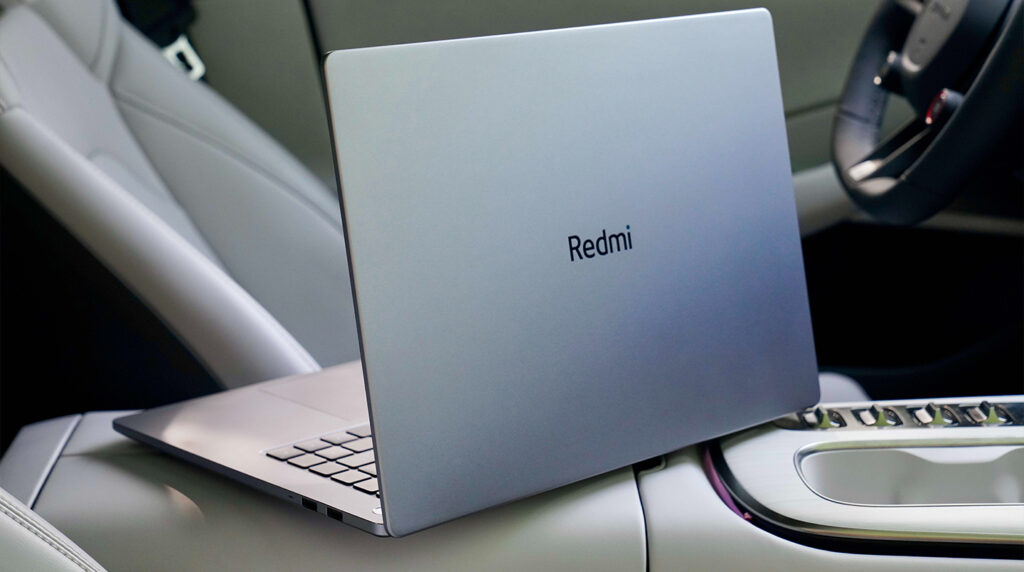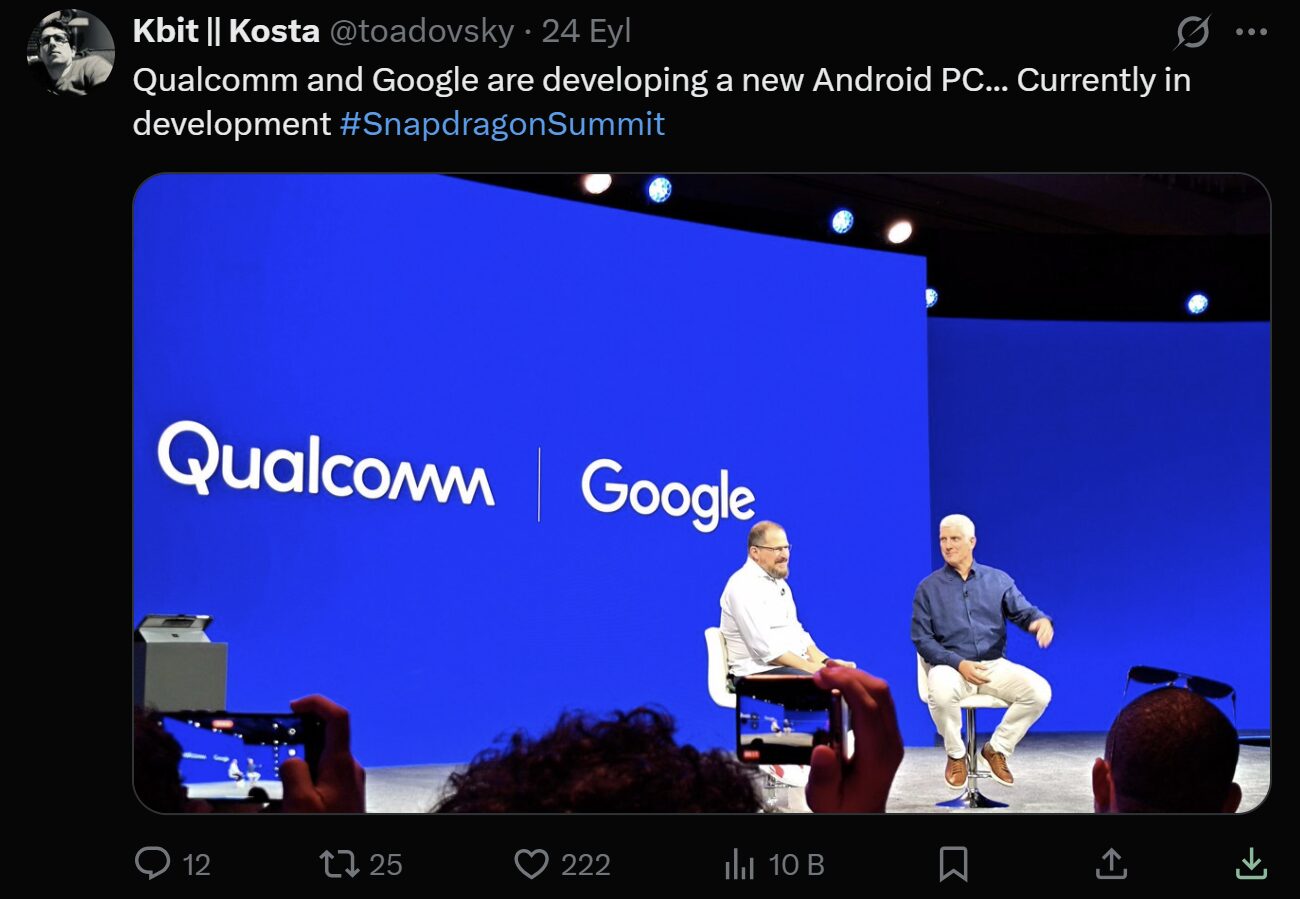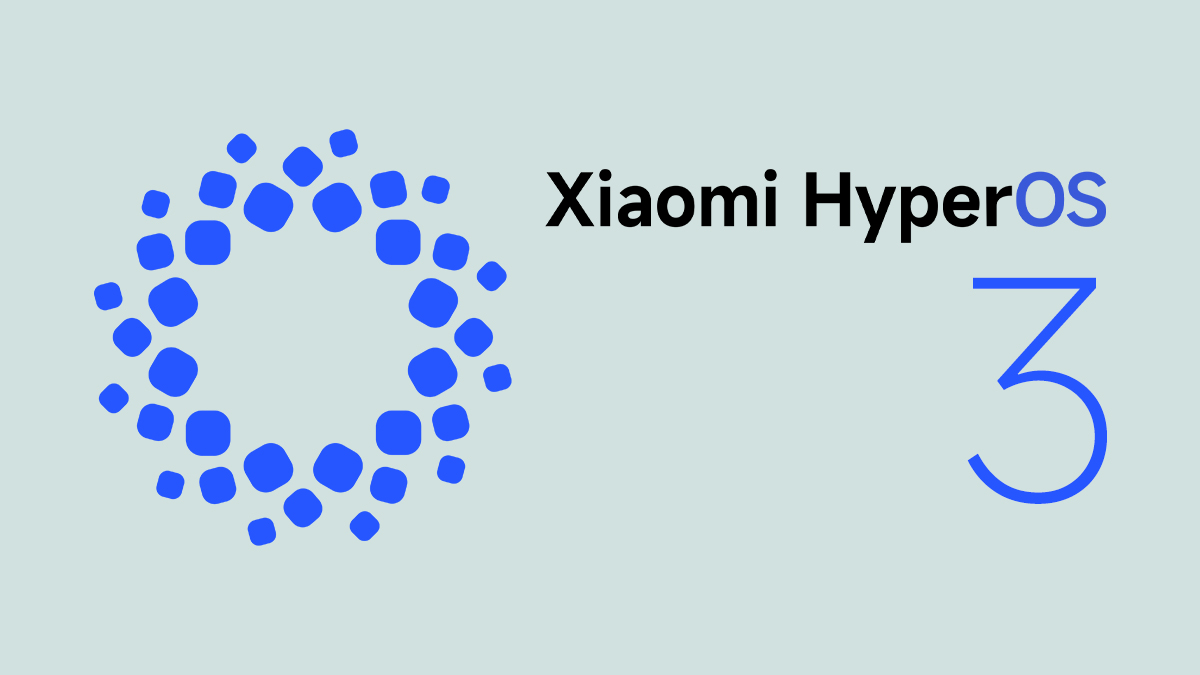Google’s recent collaboration with Qualcomm to create Android PCs via Snapdragon X Elite technology may pave the way for other brands, including Xiaomi, to make their entry into the personal computer segment through their HyperOS-powered devices as well.
As the Android ecosystem undergoes an evolution, coupled with their transition from smartphones to laptops, Xiaomi, with their technology integrated seamlessly through their ecosystem, may just be emerging as a strong contender to transform this innovation into their laptop series as well through their cross-device HyperConnect solution. Xiaomi offers their users a strong foundation related to their integration of mobile and computer environments through their Xiaomi Book series as well.
Currently, the Android PC project is being tested by Google and Qualcomm simultaneously. As reported by Android Authority, the Snapdragon X Elite processor by Qualcomm will fuel the first series of Android PCs. However, as per a Tech News Wire report, the initial series will come with hardware a generation old, which may pose a slow performance issue relative to the M4 Max and M5 chips released by Apple.
Snapdragon X Elite vs Apple Silicon: Performance Difference
The Snapdragon X Elite processor represented a bold move by Qualcomm into the world of ARM-based computers, which could run Windows fluently with robust performance and battery optimization. However, despite all this, things have changed so rapidly. The M4 Max processor, announced by Apple just at the end of 2024, outclasses even the Snapdragon X2 Elite Extreme processor in both single-core and multi-core tests. The question that comes up: will Android PCs, even Google-optimized PCs, have a fighting chance in this kind of market, which is so obsessed with performance? The answer, according to analysts, comes with price considerations that will be crucial to Android PCs if they hope to avoid challenges now facing their rivals, PCs powered by Microsoft Windows ARMs or Apples.
Can Xiaomi Create “HyperOS for Computer”?
Investors and Taking into account Xiaomi’s present interest in ecosystem integration, the “HyperOS for Computer” ecosystem doesn’t appear to be very far-fetched either. The present HyperOS operating system, developed by Xiaomi, supports their smartphones, tablets, smart TVs, and even their cars, including the Xiaomi SU7 series. By including their PCs as well, they could offer a smooth transition process between their Xiaomi 15, Xiaomi Pad 6S Pro tablet, and HyperOS laptops as well.
Further, the Xiaomi HyperConnect, is designed to support efficient data sharing between devices, with the aim of providing an Android-based PC experience by utilizing the same technology. As a company with robust R&D capabilities, Xiaomi could utilize the Snapdragon X platform by Qualcomm to create an optimal laptop solution featuring the HyperOS operating system.
If Android PCs ever come into their own, Xiaomi may be among the first companies to offer a HyperOS for Computer solution. The company’s passion for software optimization, device connection, and a quality user interface makes it primed to change the face of what an Android operating system should be capable of, having far outgrown its roots as a smartphone operating system. A HyperOS laptop may well be what the Xiaomi community has been waiting for. Source: *


 Emir Bardakçı
Emir Bardakçı





I was thinking why Xiaomi don’t create HyperOS for their laptops like what Huawei did.
Now it looks that it’s closer than we think.
I hope prices will be suitable.